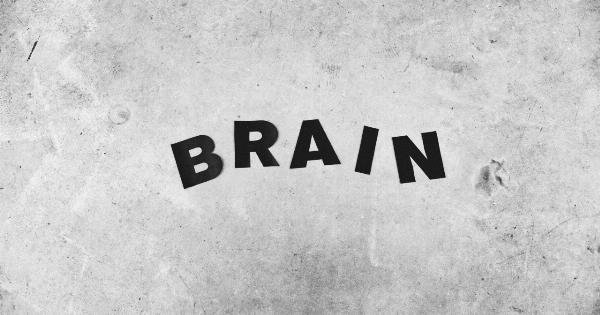Memory manipulation has long been a fascinating subject in the realm of neuroscience. Our ability to recall and store memories is a fundamental aspect of human cognition, shaping our perception of the world and influencing our behavior.
However, not all memories are pleasant or beneficial. Traumatic experiences, such as those associated with depression and phobias, can deeply impact an individual’s mental well-being and quality of life.
In recent years, researchers have been exploring the potential of memory manipulation as a novel therapeutic approach for treating these disorders, opening up a realm of exciting possibilities.
The Role of Memories in Depression and Phobias
Depression and phobias are mental health conditions that can significantly hinder a person’s day-to-day functioning and overall happiness.
While they differ in many aspects, both disorders are often linked to the persistence of negative or fear-inducing memories.
Understanding Memory Formation and Consolidation
In order to comprehend how memory manipulation can be applied to treat depression and phobias, it is essential to explore the processes of memory formation and consolidation.
Memories are not fixed entities but rather a result of complex interactions between various brain regions and neurotransmitters.
The Science Behind Memory Manipulation
Memory manipulation techniques revolve around the concept of memory reconsolidation. The process of memory reconsolidation involves the destabilization and subsequent re-stabilization of existing memories when they are retrieved.
This delicate window of opportunity allows for the modification or updating of memory content, potentially altering emotional responses associated with the memory.
Memory Manipulation Techniques
Several memory manipulation techniques have shown promise in the treatment of depression and phobias. Some of the notable techniques include:.
1. Pharmacological Interventions
Pharmaceutical agents, such as propranolol and D-cycloserine, have been investigated for their potential to disrupt or enhance the reconsolidation process.
These drugs target specific neurotransmitter systems and can influence the emotional valence of memories.
2. Behavioral Interventions
Behavioral interventions, such as extinction therapy and exposure therapy, aim to create new associations with fear-inducing stimuli or situations.
By repeatedly exposing individuals to the source of their fear in a safe and controlled environment, it is possible to weaken the fear response over time.
3. Non-Invasive Brain Stimulation
Non-invasive brain stimulation techniques, including transcranial magnetic stimulation (TMS) and transcranial direct current stimulation (tDCS), have gained attention for their ability to modulate neural activity and potentially interfere with memory reconsolidation processes.
Ethical Considerations and Future Implications
As exciting as the possibilities of memory manipulation may be, ethical concerns surround the use of these techniques in clinical practice.
Issues such as patient autonomy, informed consent, and potential unintended consequences need to be carefully addressed before widespread adoption of memory manipulation therapies can occur.
Potential Benefits and Limitations
Despite the ethical considerations, memory manipulation holds immense promise for the future of mental health treatment.
By targeting the root cause of maladaptive memories in depression and phobias, these techniques have the potential to provide long-lasting relief and improve the quality of life for millions of individuals worldwide.
Conclusion
The burgeoning field of memory manipulation offers hope for a more effective and targeted approach to treating depression and phobias.
While the road ahead may present challenges and ethical dilemmas, the potential benefits for individuals suffering from these conditions make the pursuit of memory manipulation therapies worthwhile.





























